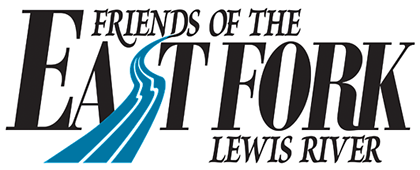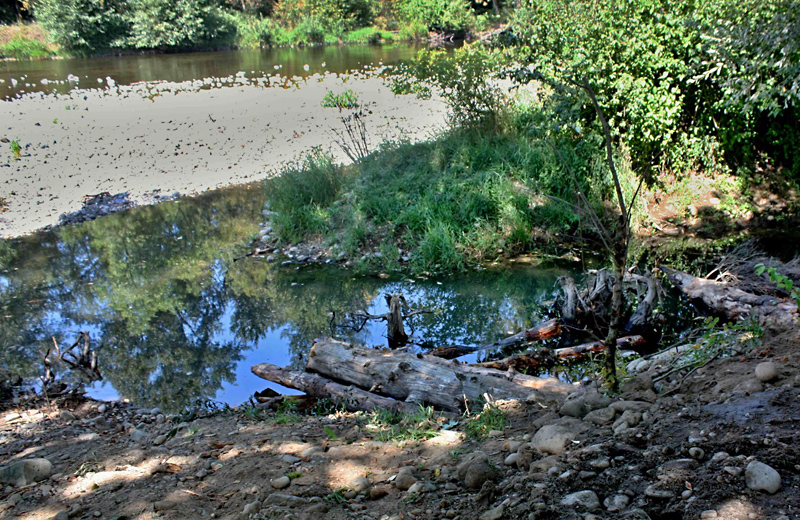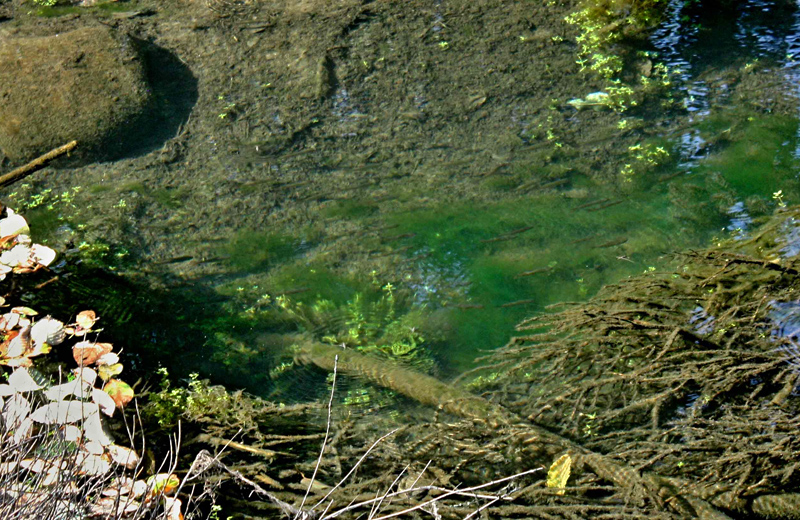The water situation (quality and quantity) in western Oregon and Washington is changing for both groundwater and surface water supplies. We are drawing heavily on the storage aquifers. More water is being lost as storm runoff, instead of infiltrating back into the ground. Weather patterns appear to be changing also. THAT WHICH WE STILL HAVE, NEEDS TO BE MANAGED MUCH BETTER.
Impacts on water supply and flow affect many of our activities, how we live and the costs, regardless if they are public or private. An example of limited water supply and flow is the impact of low river flows in the summer when many types of water associated recreation occurs. The East Fork of the Lewis River is severely impacted by high water temperatures in the summer and poor floating and fishing conditions. This is caused by very low flows in a river that has become wide and shallow due to the impacts of “people activities” over time.
As part of a river and watershed protection and improvement program, over 22 million dollars has been spent directly on the East Fork. These funds came from federal, state, county, and private sources. This is just a start and much more is needed and needs to be done more effectively.
A recent example of steps taken to protect newly hatched salmon and steelhead (fry) from high summer temperatures is the very successful fry and juvenile salmon protection 400ft long side-channel in Daybreak Park just below Daybreak Bridge on the south side of the river.
The project is the result of cooperation between state agencies, Clark County, Fish First and Friends of the East Fork.
The new specially designed side-channel is a source of 57 degree groundwater inflow (15 degrees cooler than the river) that provides cool water to the river as well as the side channel. When summer flows in a river exceed 76 degrees, fish become stressed. Adult fish as well as fry and juveniles will die when temperatures of 78 to 80 degrees or higher are reached for multiple days. In recent years temperatures of 80 degrees have been reached for over 4 days, resulting in sever impacts to the life cycle of salmon and steelhead populations as well as other life forms in the river.
To improve fry survival, in addition to adding logs under the channel surface, a group of injured military veterans added Christmas trees to the channel. Those trees without their needles, provide an exceptionally high density of cover and predator protection for the 300 or more salmon fry now occupying the side-channel as a safe place for rearing and protection from high summer temperatures.
Salmon Fry Using Christmas Tree Cover
A number of volunteers worked with Fish First and Friends of the East Fork to install the West Daybreak Side-channel and it is this kind of sustained help as well as from organization members that will help improve the long-term water situation in Clark County and all the other values associated with water.


